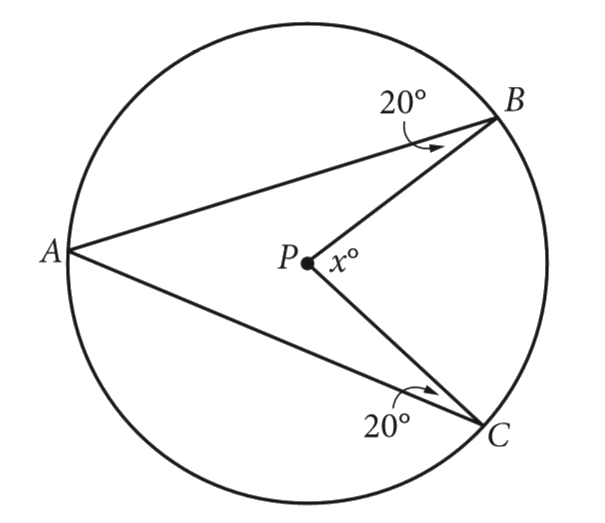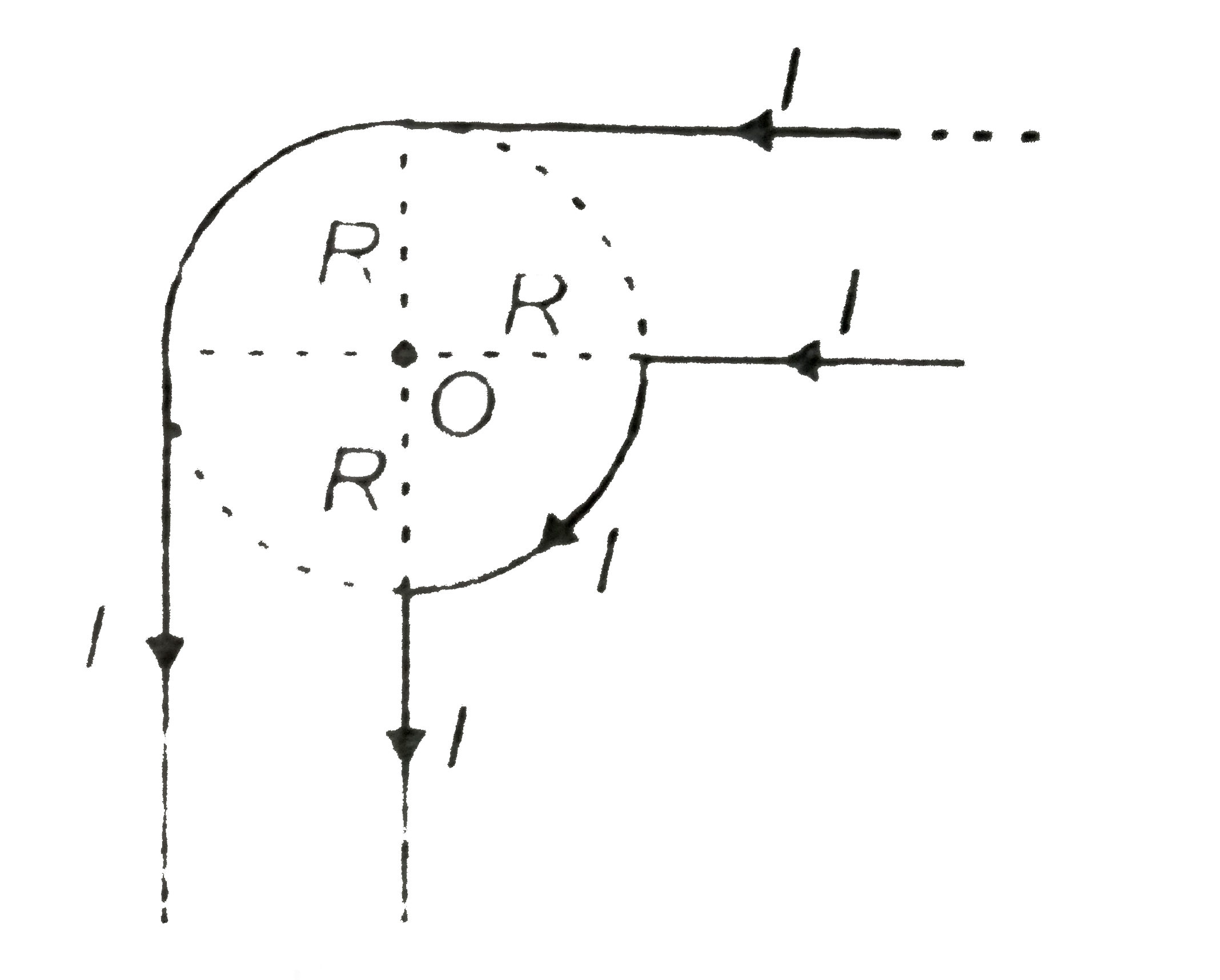A point charge is moving in clockwise direction in a circle with constant speed. Consider the magnetic field produced by the charge at a fiexed point P (not at the centre of circle ) on the axis of the circle. Then,
it is constant in magnitude only
it is a constant in direction only
it is constant in direction and magnitude and magnitude both
it is not constant in magnitude and direction both
The correct Answer is:A
To solve the problem of determining the magnetic field produced by a point charge moving in a circle at a fixed point P on the axis of the circle, we can follow these steps:
1. Understanding the Motion of the Charge:
- A point charge q is moving in a circular path with constant speed v. This circular motion implies that the charge is continuously changing its direction, which is essential for generating a magnetic field.
2. Magnetic Field Due to a Moving Charge:
- The magnetic field →B created by a moving charge can be calculated using the Biot-Savart Law. For a point charge moving with velocity →v, the magnetic field at a point in space is given by:
→B=μ04π⋅q⋅→v×^rr2
where ^r is the unit vector pointing from the charge to the point where the magnetic field is being measured, and r is the distance from the charge to that point.
3. Analyzing the Magnetic Field at Point P:
- Since the charge is moving in a circle, at any instant, it will create a magnetic field at point P. The direction of the magnetic field will depend on the direction of the velocity of the charge and the position of point P relative to the charge.
4. Magnitude of the Magnetic Field:
- As the charge moves in a circular path, the distance from the charge to point P remains constant. Thus, the magnitude of the magnetic field at point P will also remain constant as the charge moves around the circle.
5. Conclusion:
- Since the charge is moving with constant speed in a circular path, and the distance to point P does not change, the magnetic field at point P is constant in magnitude. However, the direction of the magnetic field may change as the charge moves, but the magnitude remains the same.
Final Answer:
The magnetic field produced by the charge at point P is constant in magnitude only.
---
- A point charge q is moving in a circular path with constant speed v. This circular motion implies that the charge is continuously changing its direction, which is essential for generating a magnetic field.
- The magnetic field →B created by a moving charge can be calculated using the Biot-Savart Law. For a point charge moving with velocity →v, the magnetic field at a point in space is given by:
→B=μ04π⋅q⋅→v×^rr2
where ^r is the unit vector pointing from the charge to the point where the magnetic field is being measured, and r is the distance from the charge to that point.
- Since the charge is moving in a circle, at any instant, it will create a magnetic field at point P. The direction of the magnetic field will depend on the direction of the velocity of the charge and the position of point P relative to the charge.
- As the charge moves in a circular path, the distance from the charge to point P remains constant. Thus, the magnitude of the magnetic field at point P will also remain constant as the charge moves around the circle.
- Since the charge is moving with constant speed in a circular path, and the distance to point P does not change, the magnetic field at point P is constant in magnitude. However, the direction of the magnetic field may change as the charge moves, but the magnitude remains the same.
The magnetic field produced by the charge at point P is constant in magnitude only.
Topper's Solved these Questions
- MAGNETIC EFFECT OF CURRENT AND MAGNETISMBOOK - DC PANDEY ENGLISHCHAPTER - MAGNETIC EFFECT OF CURRENT AND MAGNETISMEXERCISE - Only One Option is Correct
45 Videos
- MAGNETIC EFFECT OF CURRENT AND MAGNETISMBOOK - DC PANDEY ENGLISHCHAPTER - MAGNETIC EFFECT OF CURRENT AND MAGNETISMEXERCISE - More than One Option is Correct
25 Videos
- LAWS OF THERMODYNAMICSBOOK - DC PANDEY ENGLISHCHAPTER - LAWS OF THERMODYNAMICSEXERCISE - Level 2 Subjective
18 Videos
- MEASUREMENT AND ERRORSBOOK - DC PANDEY ENGLISHCHAPTER - MEASUREMENT AND ERRORSEXERCISE - Subjective
19 Videos
Similar Questions
Knowledge Check
A particle is moving in a circle with uniform speed. IT has constant
AvelocityBAccelerationCkinetic energyDdisplacement

Point P is the centre of the circle in the figure above. What is the value of x?
View SolutionAn electron moves in a circular orbit with a uniform speed v.It produces a magnetic field B at the centre of the circle. The radius of the circle is proportional to
View SolutionAn electron moves in a circular orbit with a uniform speed v.It produces a magnetic field B at the centre of the circle. The radius of the circle is proportional to
View SolutionIf a point moves along a circle with constant speed, prove that its angular speed about any point on the circle is half of that about the centre.
View SolutionIf a particle is moving on a circular path with constant speed, then the angle between the direction of acceleration and its position vector w.r.t. centre of circle will be
View SolutionConsider a particle , moving in a circle with constant speed . P is a point outside the circle , in the same plane . Then , the angular momentum of the particle about the point P is

View SolutionA charged particle moves along a circle under the action of possible constant electric and magnetic fields. Which of the following are possible?
View Solution

